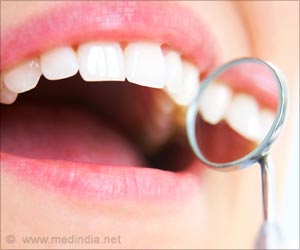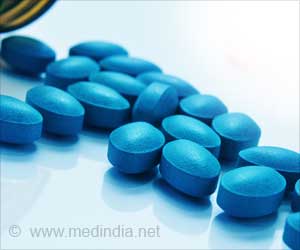This acid causes the corrosion of the tooth surface and eventually cavities. So, capturing the information about the acidic activity might give an idea of how bacteria are growing on the tooth surface.
The O-pH system is a prototype optical device that emits an LED light and measures the reactions of that light, the fluorescence, with an FDA-approved chemical dye applied to teeth.
The O-pH then produces a numerical reading of the pH, or acidity, of the plaque covering those teeth. Knowing how acidic the plaque can tell dentists and patients what area of a tooth is most at risk of developing a cavity.
To test their device, the researchers recruited 30 patients between the ages of 10 and 18, with a median age of 15, in the UW School of Dentistry’s Center for Pediatric Dentistry.
Researchers chose kids for their study in large part because the enamel on kids’ teeth is much thinner than that of adults, so getting an early warning of acid erosion is even more important.
To perform the measurements with the O-pH device, they also recruited second-and third-year students in the dentistry school, who were supervised by a faculty member.
The test is non-invasive. While the dye is applied to the teeth, at the end of the length of the cord is the probe that transmits and collects light while hovering over the surface of a tooth.
The collected light travels back to a central box that provides a pH reading. The conditions on the patients’ teeth were read several times before and after sugar rinses and other condition changes, such as pre-and post-professional dental cleaning.
This finding was published in IEEE Transactions on Biomedical Engineering.
The research team reported that one limitation to their study was being unable to consistently measure the same location on each tooth during each phase of testing.
To address this limitation, researchers are evolving their device to a version that produces images for dentists that instantly show the exact location of high acidity, where the next cavity may occur.
More results are required to show how effective it is for diagnosis, but it can help us understand some of your oral health quantitatively.
It can also help educate patients about the effects of sugar on the chemistry of plaque. Patients can have a live experience that will be remembered for a lifetime to cut down on sugar.
Source: Medindia



